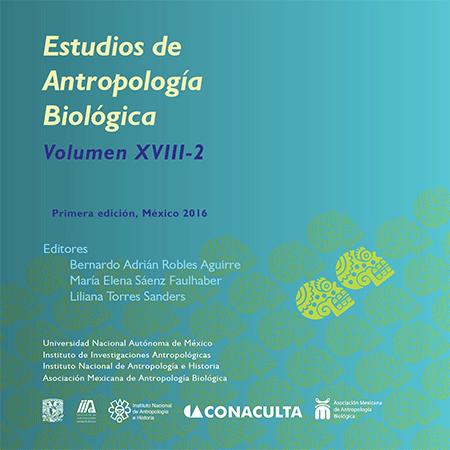Mycological study for mommies preservation of Tlayacapan, Morelos
DOI:
https://doi.org/10.22201/iia.14055066p.2016.56872Keywords:
Fungus, mycology, mummy, bio deteriorationAbstract
Remainders mummified as part of tangible cultural heritage are a source of information for anthropological sciences, therefore the importance of its preservation, which will help to further research. The objective of the study is to know the diversity of microscopic fungi in nine mummified remains coming from the Church of San Juan Bautista in Tlayacapan, Morelos; as well as its surroundings: the clothing, coffin, walls and air from the room where are on display. By means of an insulation that was carried out in exposed parts of the body, as well as its surroundings and environment. Identifying through morphology macro and microscopic, a total of 12 genera and sterile mycelium, the latter was that predominated: Cladosporium sp. Penicillium sp., Paecilomyces sp., Aspergillus sp., Dreschlera sp., Phialophora sp., Monilia sp., Chaetomium sp., Alternaria sp., Periconia sp., Beauveria sp., Acremonium sp. Conservation will be direct from the results of the study.
Downloads
Downloads
Published
How to Cite
Issue
Section
License

http://creativecommons.org/licenses/by-nc-nd/4.0/


